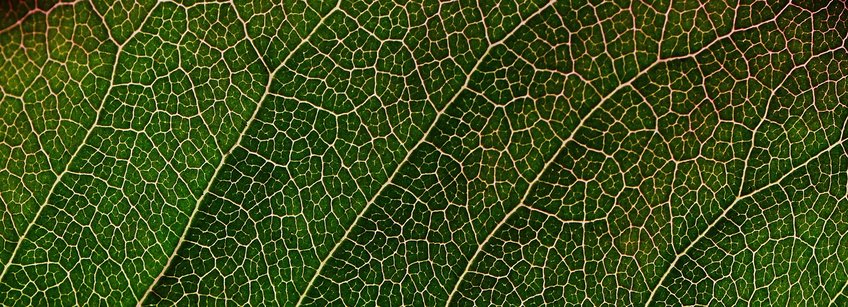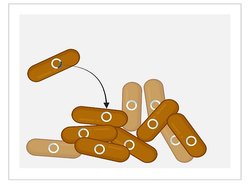
Plant Pathogen Evolution
Honour McCann
Working at the interface of microbial evolution, pathogen genomics and plant microbe interactions, the overarching goal of our work is to understand how plant pathogens emerge and evolve.
Pathogen emergence

We explore the origins of infectious disease outbreaks in order to understand where novel pathogens come from and what processes underlie disease emergence events. The identification of nonagricultural reservoirs allows us to explore how pathogens evolve in the wild as opposed to cultivated environments, and identify specific genomic changes associated with adaptation to novel hosts or niches.
Within host evolution

Horizontal gene transfer and homologous recombination represent a source of selectable variation that contribute to rapid evolution in bacterial pathogens. Some mobile elements shuttle genes encoding virulence functions and resistance to antimicrobial compounds used in agricultural areas. We are interested in how mobile elements spread between pathogens infecting the same host and the consequences of coinfection on virulence outcomes.
Host-microbe interactions

Bacterial pathogens frequently deploy specialised secretory systems to inject virulence proteins directly into plant cells. Plant hosts in turn have evolved proteins that can detect the activity of pathogen virulence proteins and mount rapid resistance responses. These interactions form the basis of host-pathogen coevolutionary arms races. We explore how these interactions evolve and their impact on host-microbe interactions in both non-agricultural and agricultural contexts.





